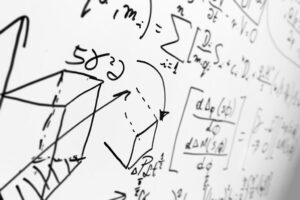How to conduct a job analysis in 7 steps?

A job analysis is a process of identifying and describing the essential duties, skills, qualifications and work environment of a specific job. It can help you with various human resource management tasks, such as hiring, training, performance evaluation and compensation.
Here are the steps in conducting a job analysis:
Step 1: Plan carefully. This step involves defining the scope and objectives of your job analysis, choosing the appropriate methods and tools, and allocating the necessary resources and time.
Step 2: Collect and assess all the details about the role. This step involves gathering information about the job title, description, duties, tasks, responsibilities, outcomes, and performance indicators. You can use various sources of data, such as job descriptions, job specifications, organizational charts, policies, procedures, and manuals. You can also use various methods of data collection, such as observation, interview, questionnaire, survey, focus group, or diary
Step 3: Select job representatives. This step involves identifying and selecting a representative sample of employees who perform the job or are familiar with it. You can use criteria such as experience, performance, diversity, and availability to select the job representatives. You can also involve other stakeholders, such as supervisors, managers, customers, or vendors, who can provide valuable insights into the job .
Step 4: Collect the details about the demographics of the current job holders. This step involves gathering information about the characteristics of the employees who currently occupy the job, such as their age, gender, education, training, certification, tenure, and salary. This information can help you understand the profile and diversity of the workforce, as well as the potential gaps and challenges in the job market.
Step 5: Collect details from the supervisors of the job holders. This step involves gathering information from the people who oversee and evaluate the performance of the job holders, such as their expectations, feedback, ratings, and recommendations. This information can help you validate and refine the information collected from the job holders and other sources.
Step 6: Collect details from senior managers. This step involves gathering information from the people who are responsible for the strategic direction and goals of the organization, such as their vision, mission, values, and priorities. This information can help you align the job analysis with the organizational culture and strategy.
Step 7: Develop an initial list of job skills and competencies. This step involves analyzing and synthesizing all the information collected from the previous steps, and identifying the key skills and competencies required for the job. You can use various frameworks and models, such as the KSA (knowledge, skills, and abilities) model, the STAR (situation, task, action, and result) model, or the SMART (specific, measurable, achievable, relevant, and time-bound) model, to organize and categorize the skills and competencies.
You can use the results of your job analysis to create or update job descriptions, job specifications, job evaluations, and job classifications. You can also use them to inform your hiring, training, development, performance, and compensation decisions.



